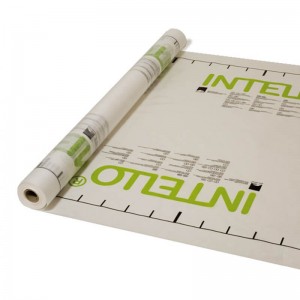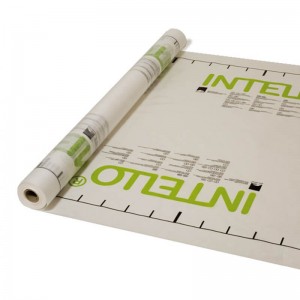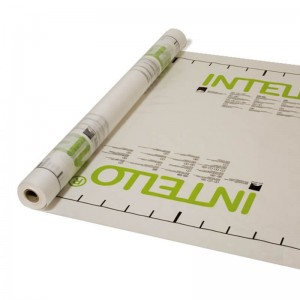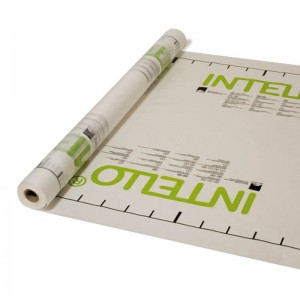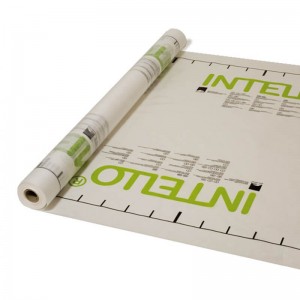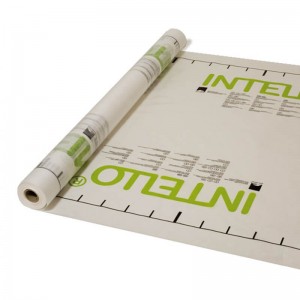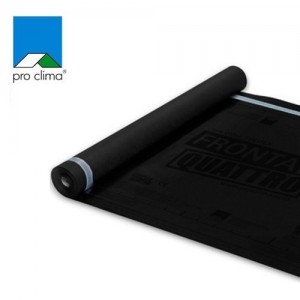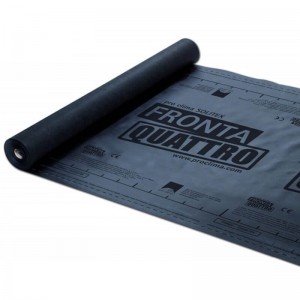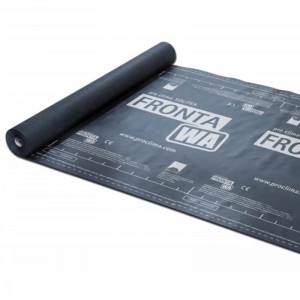In our climate the vapor pressure inside in the winter (the most critical period) higher than the vapor pressure outside. Therefore, air will be a screen, in principle, on the inner side of the insulation. The vapor then remains in the hot zone, which keeps the probability of condensation limited.
Basic rules to prevent internal condensation:
the best insulating materials as far as it goes
The most vapor barrier materials so far mogelijjk inside
a continuous air shield (vapor barrier) on the inside of the insulation
avoid thermal bridges.
Air Sealing membranes:
vapor Screens
Materials which, according to Belgian standard in the class E2, E3 or E4 walls and an equivalent air layer thickness of a diffusion resistance of> = 5 m. These materials are much too strong vapor barrier according to the German standard to apply to untreated wood they pitched roofs. They answer in the sector of housing are not the rule "inside vapor not closer than necessary" and therefore increase the risk of structural damage because they dehydrate the inward greatly hinder.
vapor Brakes
Less than a vapor barrier vapor barrier. In Germany, it is assumed that materials with sd <2m in housing offer the best protection against structural damage: they prevent the penetration of too much moisture from inside the building in winter and leave at the same time ensure that, in the summer also inside may dry out to a lot of moisture.
Moisture vapor controlled brakes
Moisture vapor-driven brakes are brakes which vapor at low relative humidity (winter conditions) will be stronger vapor barrier, and at high relative humidity (summer conditions), more vapor open. Result: slight increase in moisture in the winter, strong dehydration in summer.
All products Pro Clima are available. More info via info@hrshop.be



